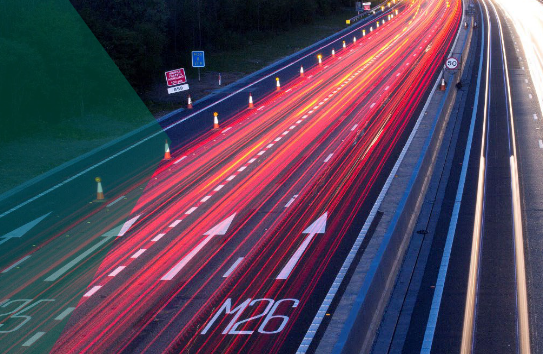I previously noted publication by the Department for Transport of its Second Road Investment Strategy (RIS2). DfT has now issued an economic analysis that concludes that the new programme represents high value for money. I had hoped that this document would provide substantiation of the £27 billion, 5-year road investment programme but I was disappointed.
The summary states that overall RIS2 is High Value for Money, meaning £2 return for every £1 spent (Benefit-Cost Ratio of 2). Yet new commitments of major capital enhancement schemes yield a BCR of 1.5, which is unimpressive. The analysis is minimal, offering no breakdown into individual schemes, where some might be expected to have a BCR of 1 or less if the average is 1.5.
These estimates are based on the now rather dated Road Traffic Forecasts published in 2018, which included five distinct scenarios, yet no indication is given as to how the BCR would vary with scenario. The estimates are also derived from new but unpublished regional traffic models, asserted to be ‘world leading’.
I previously pointed out a major discrepancy between traffic forecasts and post-opening outturn for the smart motorway widening of the M25 between Junctions 23 and 27. These forecasts were generated by a regional model of the kind now in general use by Highways England, based on SATURN software that originated in the 1980s. The purpose of these models is to estimate travel time savings that arise from adding carriageway, which feed into an economic model. Yet in the M25 case, no time savings were observed beyond year 1 after opening, putting the validity of such models in doubt.
The new DfT analysis frequently asserts that its analysis is robust (15 times, in fact), which is usually a sign of intellectual insecurity. In fact, the analysis is pretty thin and seems intended to justify a road construction programme developed in earlier era, before we have had a chance to assess the impact of the coronavirus pandemic and what this might mean for travel demand and for public expenditure priorities, urban vs. inter-urban transport vs. broadband.

